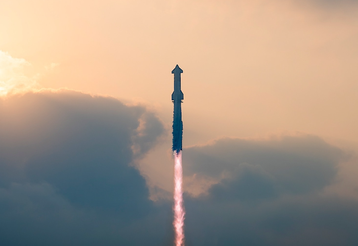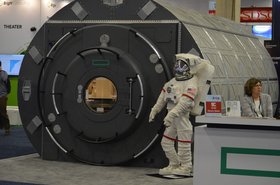SpaceX's massive Starship rocket managed its first fully successful test flight.
The company managed to reach space with a test flight in March, but that effort ended up with the world's most powerful rocket disintegrating on its return to Earth.
This time, both the Super Heavy booster and the main spacecraft managed a soft splashdown in the ocean. At peak, the Starship reached an altitude of 130 miles (210km) at a speed above 16,000mph (25,700km/h).
Some problems did arise - it appears that one of the Super Heavy's 33 Raptor engines did not work, while the Starship lost heat shield tiles and saw its forward flap ignite.
“Despite loss of many tiles and a damaged flap, Starship made it all the way to a soft landing in the ocean!” Elon Musk, SpaceX’s CEO, said on his Twitter/X platform.
Starship hopes to be capable of lifting 150 metric tons of cargo into low-Earth orbit, with the company then looking to expand that to as much as 250 metric tons. This would dramatically reduce costs of satellite delivery, and allow for larger assets to be moved into space.
It is also key to NASA's Artemis III mission to the Moon, as well as future Mars colony plans.




